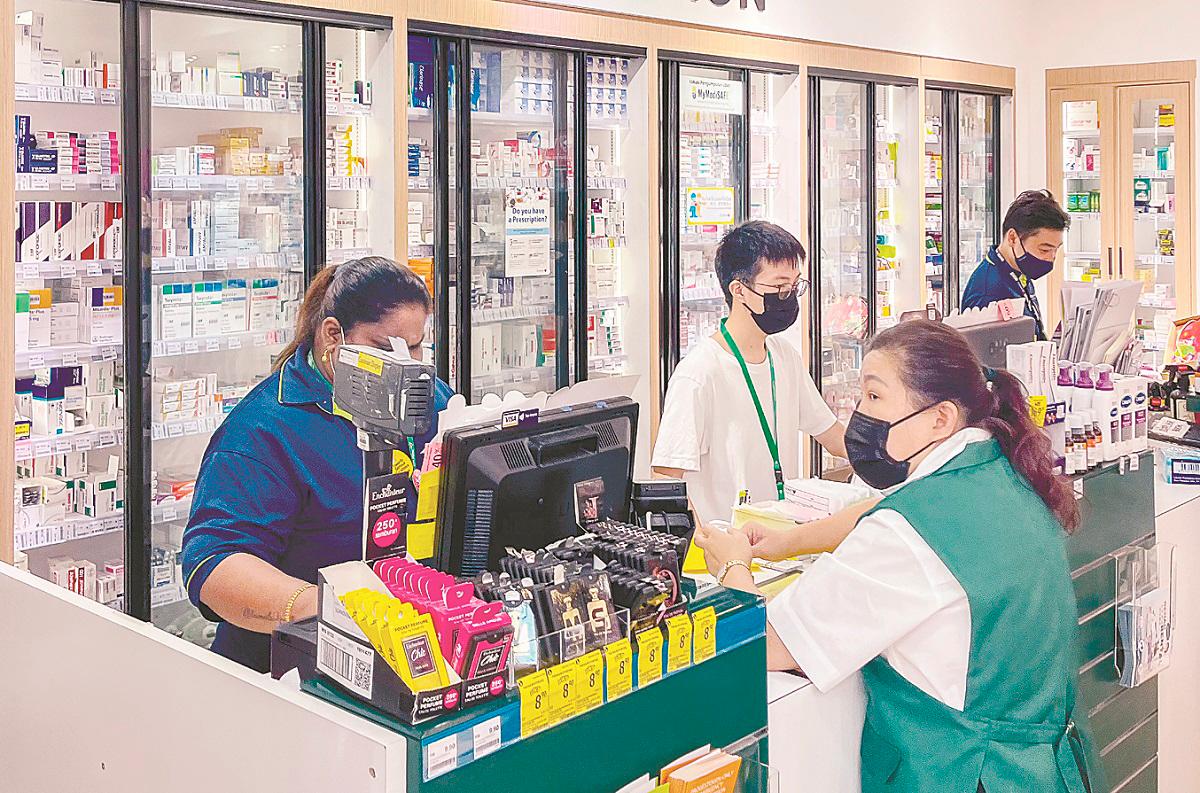IN our country, doctors are
legally empowered to dispense medicines under the Poisons Act 1952, unlike in Australia, where dispensing and prescribing are strictly separated.
Recently, pharmacists have been advocating for an amendment to
this Act, seeking to restrict doctors
to prescribing only while claiming exclusive rights to dispensing medication.
However, implementing such a separation could lead to significant inconvenience and unnecessary complications for patients given that the number of clinics far exceeds that of pharmacies. This issue is even more pronounced in rural areas, where pharmacies are few and far between.
In Australia, pharmacies – often referred to as “chemists” – are more commonly found than medical clinics in shopping malls, effectively making them convenient one-stop centres
for patients.
Additionally, their operating hours are generally much longer than those of clinics, with many staying open late into the night and some even providing 24-hour services.
If such a dispensing-prescribing dichotomy were introduced in our country, it could place an unnecessary burden on sick patients. They would be forced to navigate traffic congestion, search for parking, locate a pharmacy, present their prescription and then wait again to receive their medications.
The situation becomes even more distressing if the pharmacy is out of stock of the medicine needed, requiring the patient to search else where.
In many cases, medications are urgently needed, and time is of the essence – delays could have serious consequences for the patient’s health.
Doctors typically prescribe medications that are readily available in their clinics. Pharmacists, however, argue that it would be more economical for patients to obtain their medicines from pharmacies – a claim that does not hold up under scrutiny.
Contrary to popular belief, doctors do not profit from dispensing medications; their primary income comes from modest consultation fees.
It is sad that clinic GPs’ consultation fees have not been adjusted for 33
years since they were capped at a rate of RM10 to RM35 by legislation
in 1992. I know of several doctors who are so altruistic that they provide free treatment, including medications, to those in need.
Another important point to consider is that not all brands of medicine are equally reputable or clinically equivalent. A pharmacist may not have the specific brand prescribed by the doctor and may unilaterally substitute it with a cheaper alternative. This substitution may not be acceptable to the prescribing doctor and, in some cases, could pose risks to the patient’s safety.
It is concerning that some pharmacists overstep their professional boundaries by acting as doctors. They must not dispense Scheduled A and B drugs without a valid prescription, nor should they repeat prescriptions without a doctor’s approval. These risks and potential errors can be significantly reduced if doctors are allowed to continue dispensing medications directly to their patients.
Pharmacists and doctors should work in collaboration, complementing each other’s roles to serve the public in a more efficient, economical and convenient manner.
It is in the best interest of patients that doctors continue their dual role of consultation and dispensing – at least until the challenges and drawbacks outlined above are fully and effectively addressed.
Dr A. Soorian









